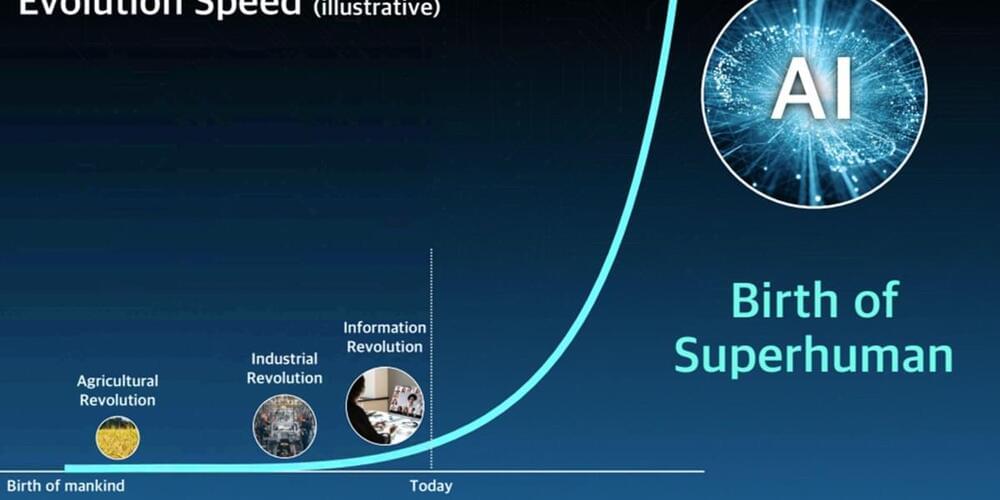Prepare to have your mind blown by Elon Musk’s latest creation: TruthGPT! In this ground-breaking video, we delve into the mind-boggling potential of an AI-powered language model, which has sent shockwaves throughout the AI industry.
TruthGPT is Elon Musk’s idea, a highly advanced and groundbreaking language model that aspires to push the veracity and accuracy of AI-generated material to the forefront. It is intended to address the misinformation, fake news, and biassed narratives that afflict our digital environment. Musk’s goal with TruthGPT is to construct an AI that can present information objectively, factually, and without personal prejudice.
TruthGPT has sent shockwaves through the AI sector with its unmatched capabilities. It has astounded industry experts, researchers, and even competitors. This YouTube video analyses the AI community’s emotions and responses, demonstrating the disbelief and excitement sparked by Elon Musk’s latest creation.
You may be asking, as a ChatGPT user, if TruthGPT is a direct rival to this popular language paradigm. While both models aim to generate human-like prose, their approaches differ. ChatGPT is intended to engage in interactive conversations by giving a variety of responses and information depending on its training data. TruthGPT, on the other hand, places a strong emphasis on assuring accuracy, fact-checking, and unbiased information distribution.
TruthGPT’s implications are enormous and far-reaching. It has enormous potential to change how we consume and engage with AI-generated information. This YouTube video investigates the potential influence of TruthGPT on news organisations, social media platforms, research institutions, and society in general.
Join us as we investigate Elon Musk’s INSANE new brainchild, TruthGPT, and see the incredible discoveries that are altering the AI field. Prepare to be astounded by the ramifications and possibilities of this game-changing technology!






